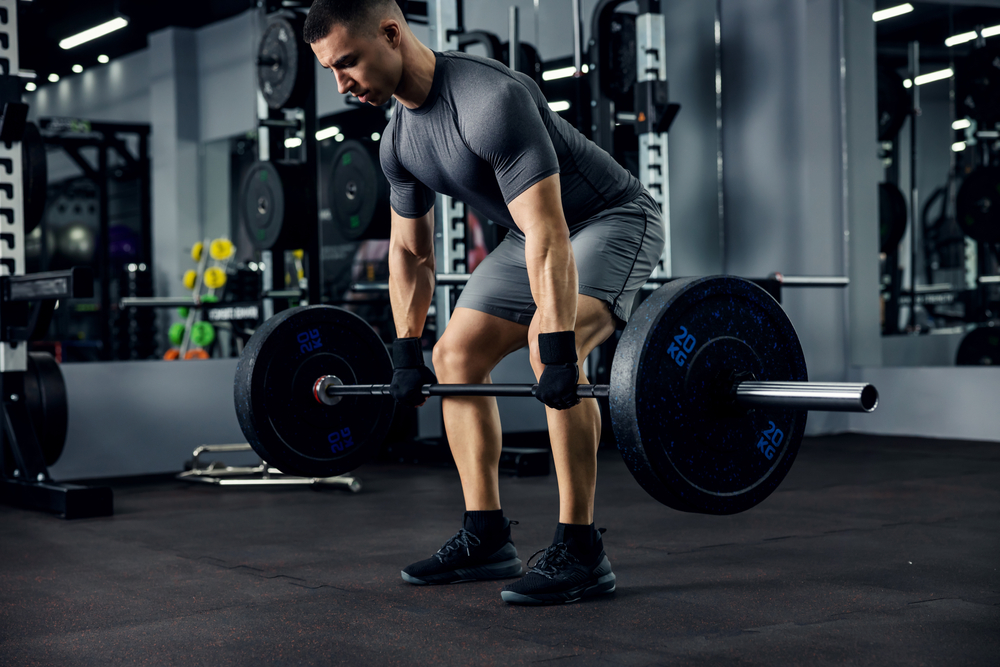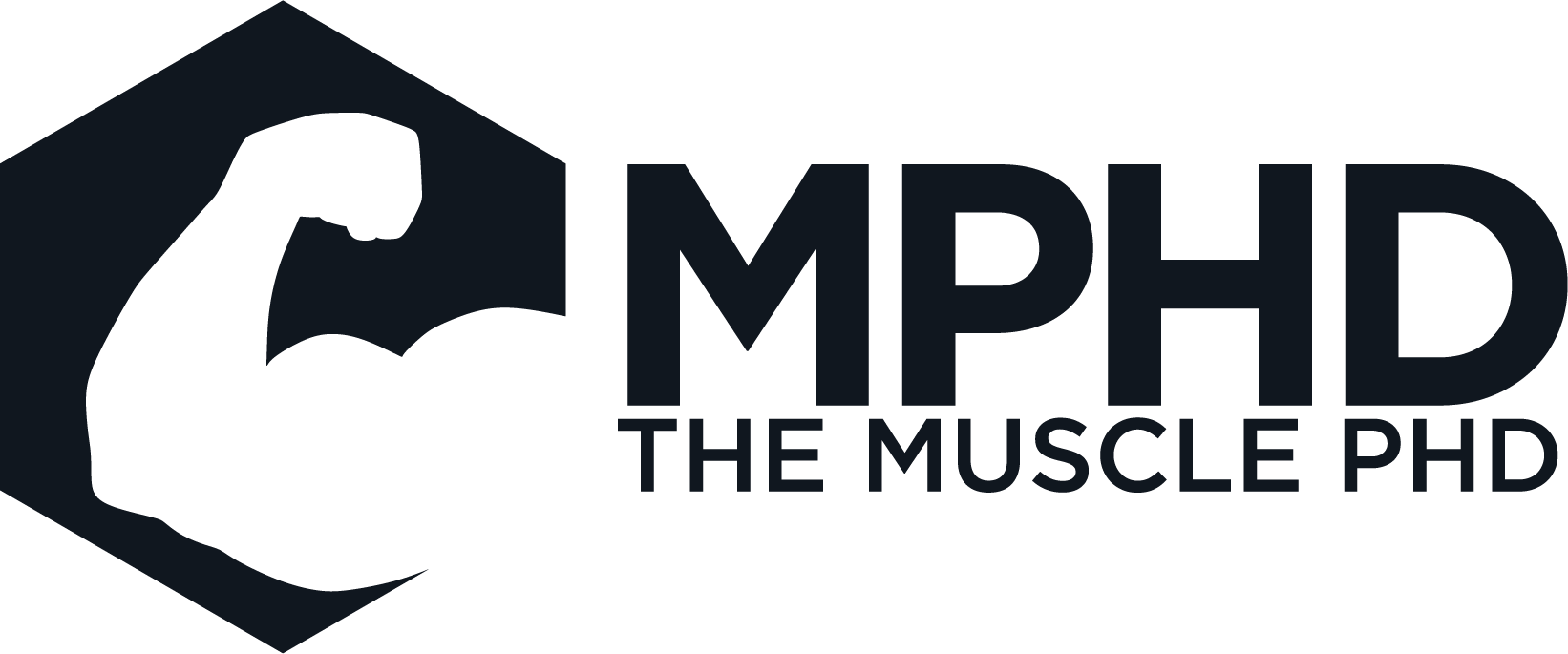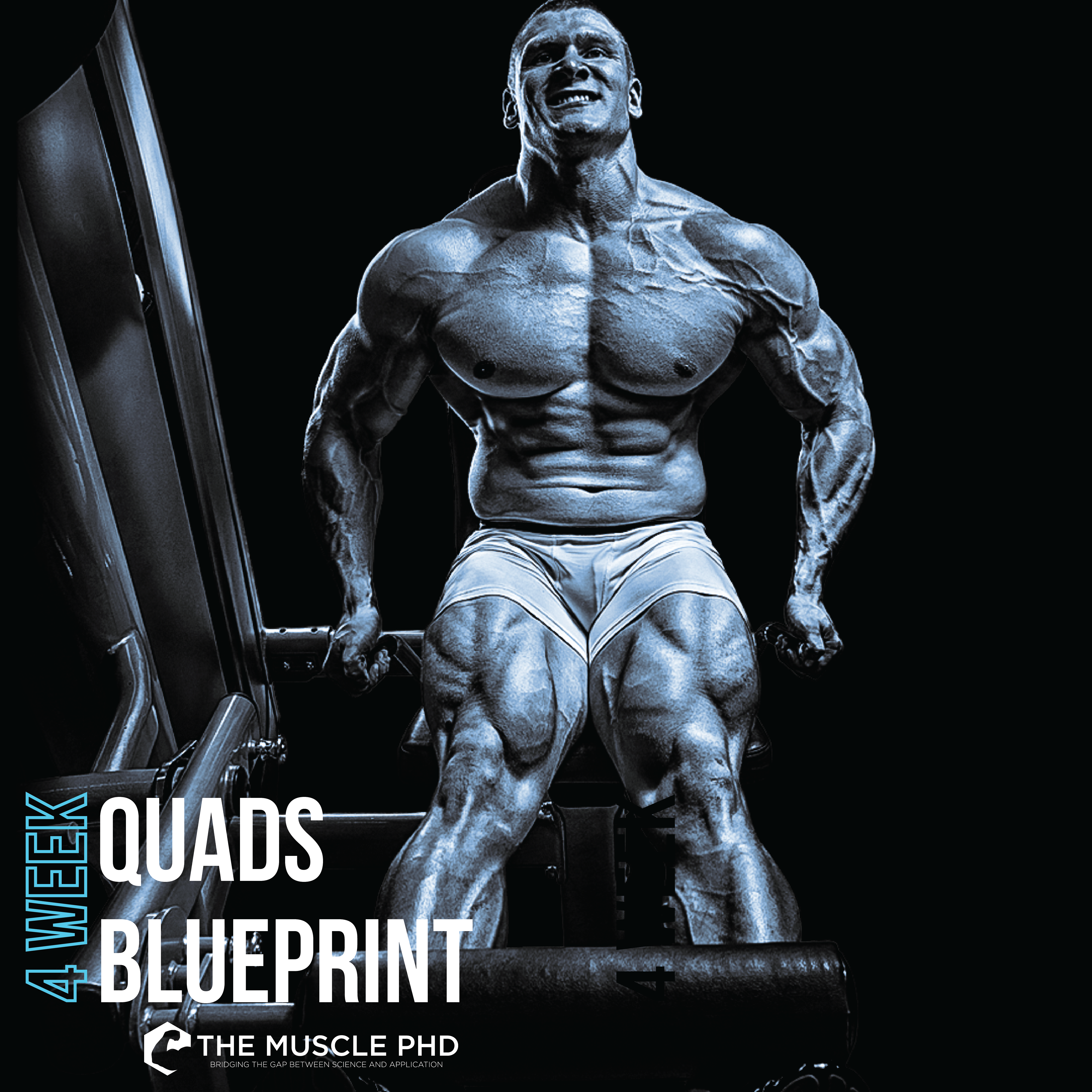What’s the number one thing that pretty much all of us got told when we first started our bodybuilding journey? It’s that you can’t go in and start lifting your heaviest weight, you need to warm up first!
And that’s what the traditional pyramiding was founded on. Traditional pyramiding is when you essentially warm up with a lighter weight before going into your working sets. If, for example, your working weight is 225 lbs, you’d first start off by doing 20 reps of 135 lbs, followed by 15 reps of 185 lbs, and then 3×10 of your 225 lbs working weight.
That’s the traditional ascending pyramid, which is used by almost all bodybuilders when they want to build themself up with the goal being to address hypertrophy. However, the problem with this approach is that it can make you fatigued once you’re ready to do your working weight.
Even though you’re lifting weights that might not be that heavy for you, a high frequency of reps will still cause your body to be fatigued. That’s where the reverse pyramiding technique comes into play.
Reverse Pyramid Technique
In reverse pyramiding, if your working set is 225 lbs you might start with 10 reps of 135 lbs, followed by 2 reps of 185 lbs, 1 rep of 225 lbs, 1 rep of 225, and then you’ll go above your working weight with 1 rep of 250, and once you hit your heaviest weight at 275 lbs, you could do 1-3 sets of 3 reps, depending on your training level. So you’re actually going above your working weight.
If you think this sounds a bit too unorthodox, wait until we tell you what this technique actually does. Through this process, you’re essentially activating your nervous system and causing it to be hyperexcited.

As a result, once you go back down to your working weight of 225 lbs, you’ll be under the effect of what we call post-activation potentiation. After you’ve done 1-3 sets on your heaviest weight of 275 lbs, rest between 3-5 minutes and then you’ll notice a big difference once you go back down to 225 lbs.
The result is that your working weight is actually going to feel much lighter! Instead of doing 8-10 reps of 225 lbs, you’ll find you can do maybe 12 reps. That’s because your nervous system learns to activate more tissue, and when you’re in that hyperaroused state, that 225 lbs feels light, making it possible to achieve, say, 12-10-8 instead of your previous estimate of 10-8-6.
Your Training Level Matters

Keep in mind that it makes a difference whether you’ve been lifting weights for years or are a relative novice to the field. This is true not just because of the experience that you gain as a veteran lifter, but also because that experience changes how your body handles stress.
We recommend doing 3 sets of 1-3 reps on your highest weight only if you’re well trained and you rest for 3-5 minutes afterwards. If you’re not as well trained, try warming up and do just one set at your highest weight, then rest anywhere from 5-8 minutes afterwards.
Implementing Reverse Pyramiding
In essence, reverse pyramiding is a technique that prevents you from fatiguing yourself when you’re warming up for your working weight, and at the same time helps you get more pumps than you’re used to by skipping past your working load and starting with a heavier load first.
Keep in mind that your experience and rest is important. We recommend doing 1-3 reps at your highest weight if you’re well trained and only 1 rep if you’re a novice lifter, followed by 3-5 minutes of rest if you’re highly trained, and at least 5-8 minutes of rest if you’re a newer lifter.
We hope this article helped you figure out how you can warm up and actually increase your pumps through reverse pyramiding! We’ll see you again in the next article.









